 Why are 1.2 million comedians out of work? Because FamilySearch Family Tree product manager, Ron Tanner, will do it for free. His presentations are always entertaining and informative.
Why are 1.2 million comedians out of work? Because FamilySearch Family Tree product manager, Ron Tanner, will do it for free. His presentations are always entertaining and informative.
“If genealogists played cards, what game would they play?” Tanner asked. “Genealogists play Go Fish.”
“Do you have any sources for John?”
“Go fish!”
“How about for Ann?”
“Do I have to give you all my sources about Ann?”
“Yes. It’s ‘Go Fish'.’”
-—- o -—-
“[FamilySearch] Family Tree is different than most trees,” said Tanner. “Family Tree is not a bunch of trees that you can search. Instead we put them all together into one, shared tree.” He said the purpose of Family Tree is to document accurately the genealogy of the world and preserve it someplace safe.
“Approximately 80% of all research done in genealogy is duplication,” he said. Family Tree prevents duplication of research.
Tanner walked through various features that are designed to make sharing and collaboration easier. There are mechanisms allowing researchers to communicate, to monitor changes in ancestors, to track changes and the users making them, and to restore deleterious changes. Family Tree asks users to explain their changes and facilitates use of sources.
Change notifications are currently sent once a week, but daily and maybe hourly are being considered.
I have problems with one limitation of Family Tree. Tanner said that alternate values for vital events are no longer allowed. He said a person can only be born once and “there are clear genealogical rules to determine which date to pick.” I disagree. No set of codified rules is above interpretation and no codified rules exist for genealogy. Back in PAF 1.0 days the injunction that always followed product deficiency was “stick it in the notes.” Will that be the recommendation this time around?
Meanwhile, back to Tanner’s presentation…
Records and images from FamilySearch historical records can be linked to individuals in the tree by placing the record in the Source Box, then taking it back out and attaching it to an individual. (I wish I could do it in one step. And I wish I could attach the source to a piece of evidence rather than the person.)
“Our URLs on FamilySearch will not go bad,” said Tanner. “That’s our promise.” (Have I talked about this before? I’m not certain FamilySearch has ever said this publicly before, so I may not have. I understand it applies only to URLs that have “pal” in them. It stands for persistent archival links. I find pals in URLs for records and images, but not other stuff.)
Merging two people takes a lot of effort (to do correctly). This is intentional. (In New FamilySearch a misguided soul could combine people with a few mouse clicks. Undoing the damage took many times the effort. In Family Tree, designers have reversed that. They made it hard to inflict the damage, and easy—just a few mouse clicks—to undo it.)
FamilySearch is working on the ability to upload scanned images of source documents. (While you can upload scanned documents today as photographs, I’m told it is best to wait until they can be uploaded and linked to sources.) In speaking of the importance of photos and stories Tanner said that after four generations no one knows you. “You are just a name.” He showed an example obituary and photograph he entered to preserve the memory of a close loved one.
Tanner showed the new Fan Chart feature and indicated the goal is to have this out in the next month or so. Over the next couple of months they hope to add the ability to print real pedigree charts and family group records in PDF format.
“If we’re going to work together on a shared family tree, is there anything we’re going to have to do differently? The answer is ‘yes,’” said Tanner. “We need to stop playing Go Fish and play 52-card Share-em.”
“With all of us doing all the parts we can do, we can do amazing things,” he said. “We can build an amazing tree of human kind.”
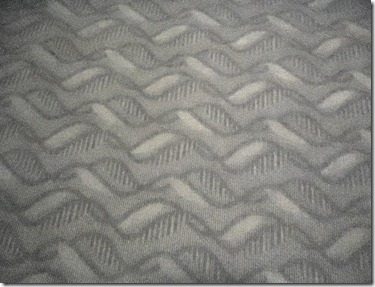

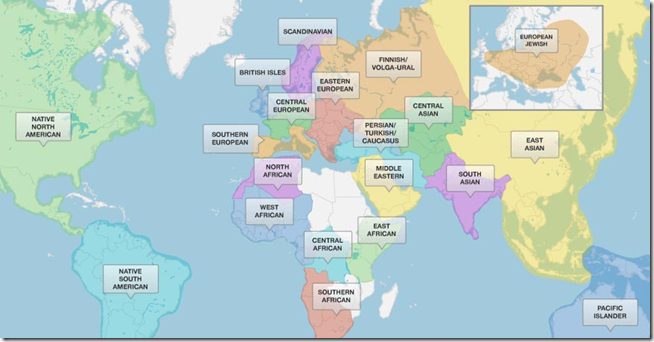
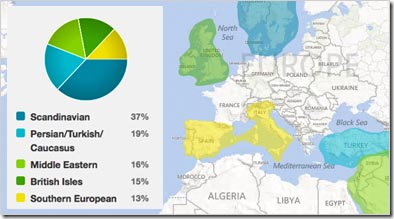

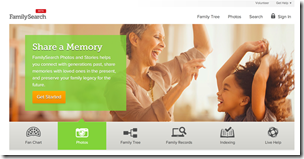
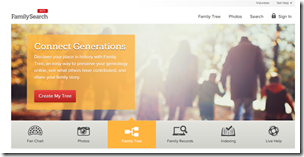
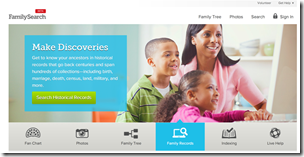

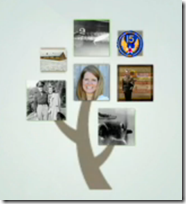

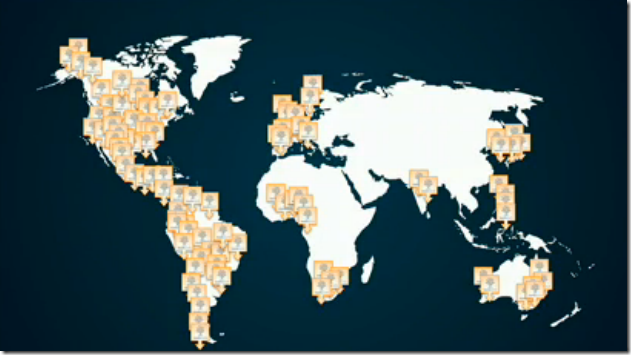
 What do
What do  The scheduled speaker from MyHeritage, Gilad Japhet, founder and CEO, was unable to come to RootsTech because of a death in the family. Our hearts and prayers are with them.
The scheduled speaker from MyHeritage, Gilad Japhet, founder and CEO, was unable to come to RootsTech because of a death in the family. Our hearts and prayers are with them. RootsTech’s opening session on Friday featured two keynote speakers, Jyl Pattee and Tim Sullivan.
RootsTech’s opening session on Friday featured two keynote speakers, Jyl Pattee and Tim Sullivan.  RootsTech’s opening session on Friday featured two more keynote speakers, (that’s five total, for those of you not keeping track), Jyl Pattee and Tim Sullivan.
RootsTech’s opening session on Friday featured two more keynote speakers, (that’s five total, for those of you not keeping track), Jyl Pattee and Tim Sullivan. 
 The 2013
The 2013  “I do believe in telling the stories about our families,” he said, “because if we don’t, all we’ve done is fill out a pedigree and a family group record and left it somewhere on a shelf hoping that one of our children or grandchildren will make a discovery.”
“I do believe in telling the stories about our families,” he said, “because if we don’t, all we’ve done is fill out a pedigree and a family group record and left it somewhere on a shelf hoping that one of our children or grandchildren will make a discovery.”  The 2013
The 2013  The 2013 RootsTech Conference opened this morning with keynotes by Dennis Brimhall, Syd Lieberman, and Josh Taylor.
The 2013 RootsTech Conference opened this morning with keynotes by Dennis Brimhall, Syd Lieberman, and Josh Taylor.
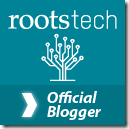


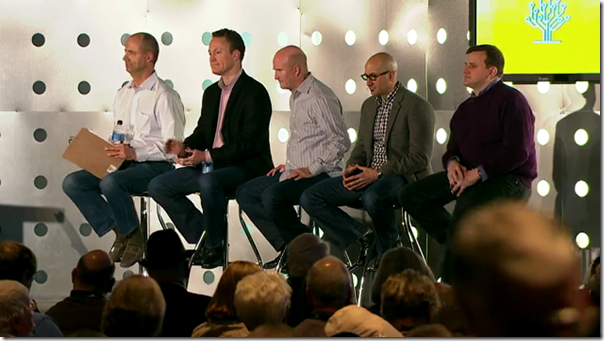


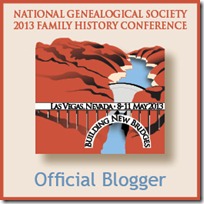



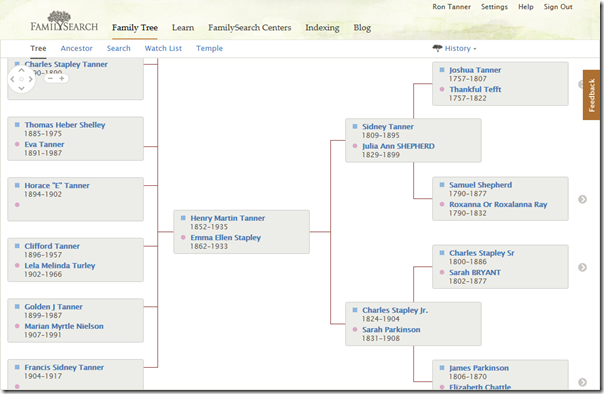

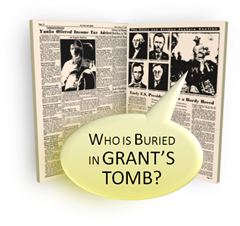

 No. 47 of volume LVI of the Pulaski Democrat of Oswego County, New York, was published on 52 July 1906!
No. 47 of volume LVI of the Pulaski Democrat of Oswego County, New York, was published on 52 July 1906!